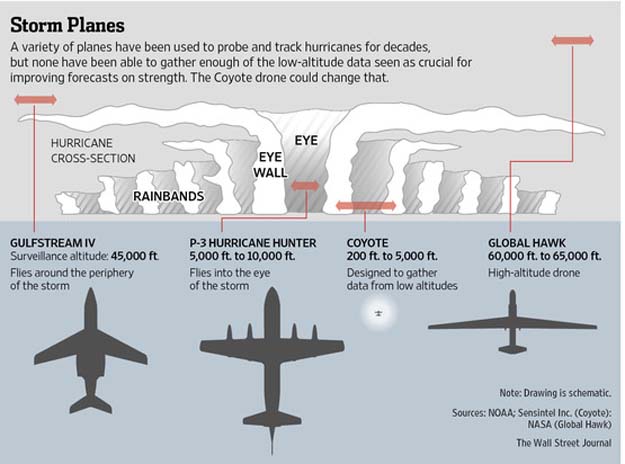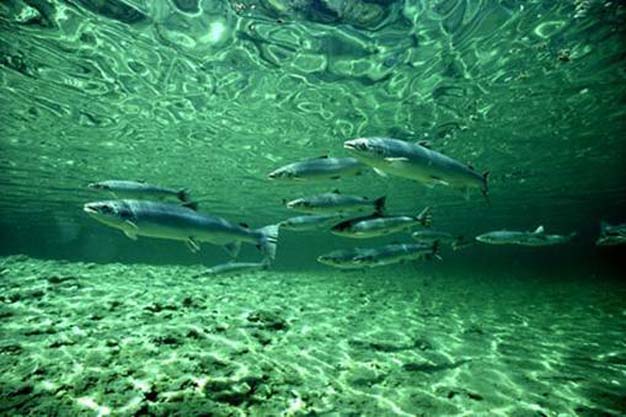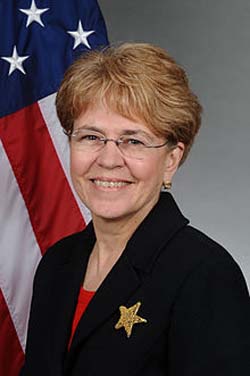
NOAA’s airforce – hard to believe we get so much weather information from so few aircraft (6).
NOAA Corps, a small group of uniformed scientists and specialists, turns 100
(Excerpt) John Hopewell / Washington Post / May 22, 2017
[dropcap]O[/dropcap]n May 22, the National Oceanic and Atmospheric Administration Commissioned Officer Corps (NOAA) turned 100 years old. NOAA is one of two uniformed services. It has no enlisted or warrant officers. The corps is made up of engineers, oceanographers, geologists and meteorologists (among others) who support federal departments in earth science projects.
They are made up of only 400 uniformed specialists that can react, and be moved rapidly from project to project and – in the case of war can be deployed quickly to support the military itself.
NOAA’s mission covers a lot of territory. The agency is responsible for everything from tornado warnings to climate change monitoring to marine commerce. Former NOAA administrator Jane Lubchenco says to do this, it needs “sophisticated science and state-of-the-art instruments and platforms” that the NOAA Corps runs and maintains.

Checking on the migration – Atlantic salmon. Photo credit: NOAA Fisheries
“The resulting knowledge and information is the basis of NOAA’s ability to provide accurate navigation charts, forecast the path and intensity of hurricanes, respond to an oil spill, or manage fisheries,” Lubchenco said.
The total cost of all of this is “less than a nickel a day per American,” she added. “That’s quite a bargain in my book.”
The corps’ history can be traced back to the Jefferson administration. As the young nation was getting its footing, Thomas Jefferson signed a bill establishing the “Survey of the Coast,” which charted the country’s coasts and waterways.
It has come a long way since then, now employing nearly 400 officers who oversee a dozen ships and six specialized aircraft, including the Hurricane Hunters. Their mission has expanded well beyond coastal mapping — from flying into hurricanes to surveying fisheries.

Jane Lubchenco, former Undersecretary of Commerce for Oceans and Atmosphere
Administrator of the National Oceanic and Atmospheric Administration. In office March 20, 2009 – February 2013.
As the impacts of climate change and other environmental issues put mounting pressure on society and the economy, the NOAA Corp’s mission will only gain in importance. To meet the future demands, Lubchenco says that NOAA will need the resources to “maintain existing ships and aircraft, build or acquire new, state-of-the art vessels, and recruit, train and employ superb corps officers.”
The corps’ history can be traced back to the Jefferson administration. As the young nation was getting its footing, Thomas Jefferson signed a bill establishing the “Survey of the Coast,” which charted the country’s coasts and waterways.
It has come a long way since then, now employing nearly 400 officers who oversee a dozen ships and six specialized aircraft, including the Hurricane Hunters. Their mission has expanded well beyond coastal mapping – from flying into hurricanes to surveying fisheries.
As the impacts of climate change and other environmental issues put mounting pressure on society and the economy, the NOAA Corp’s mission will only gain in importance. To meet the future demands, Lubchenco says that NOAA will need the resources to “maintain existing ships and aircraft, build or acquire new, state-of-the-art vessels, and recruit, train and employ superb corps officers.”
NOTE: Featured Image is a view of Hurricane Sandy – NOAA image.


